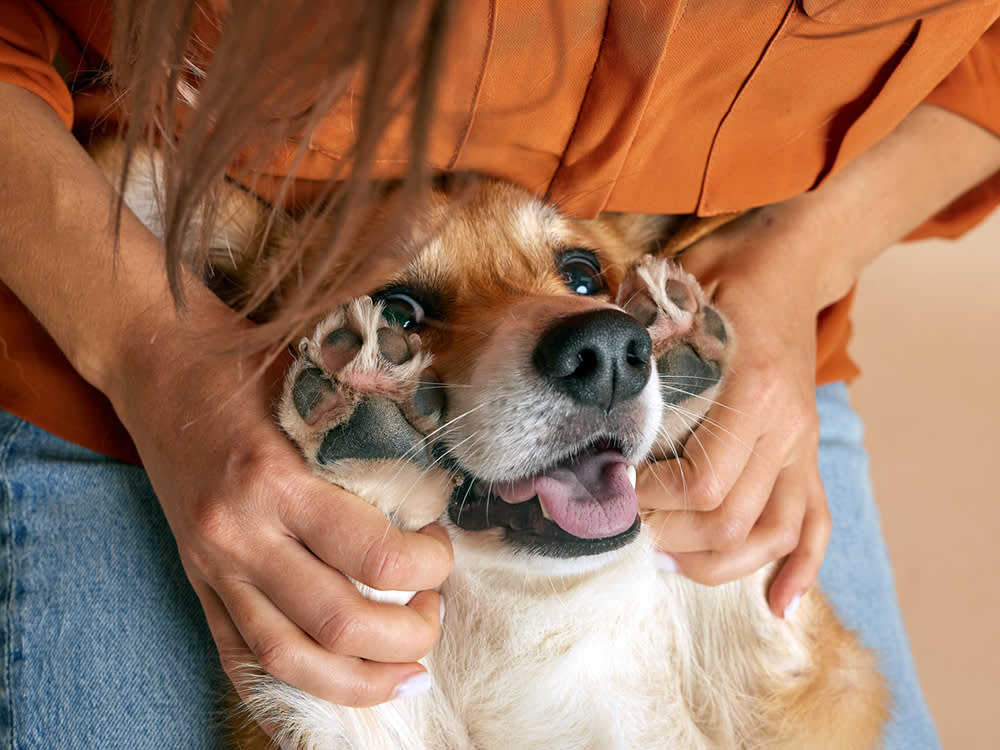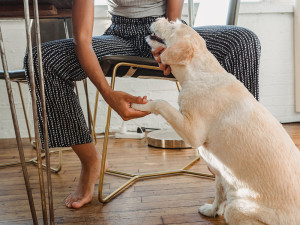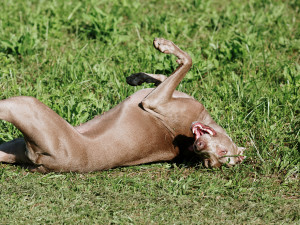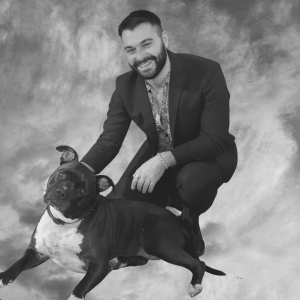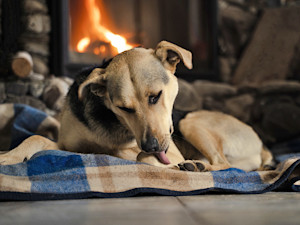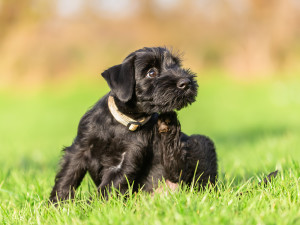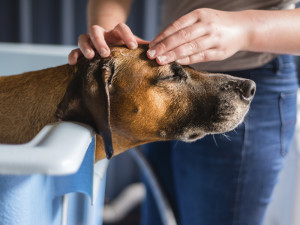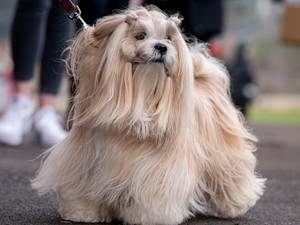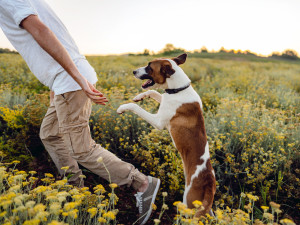Why Do My Dog’s Paws Smell Like Corn Chips?
That familiar corn chip aroma may simply seem quirky, but don’t ignore it
I’ve often found myself pondering a slew of bizarre conundrums since entering this beautiful and strange exercise known as pet parenthood. When I was a child, I never would have imagined I’d grow up to be so inquisitive about the consistency of one dog’s poo. I’ve also entertained rhetorical questions like, ‘Why would I ever leave my apartment on a Friday night when I could spend all evening watching TV with my dog?’ or ‘Should I bring my dog to the pub?’ But occasionally, I even surprise myself with a query. For example, after waking up one morning to her clawing at my face, I wondered, ‘Why do my dog’s paws smell like corn chips?’
It’s one of those things that once you notice it’s hard to get out of your mind. Then a version of the age-old chicken-or-egg riddle emerges. Do dog paws smell like corn chips, or do corn chips smell like dog paws?
Following the results of a straw poll I conducted with a few fellow pet parents, it does appear this scent on paws is common. So, I consulted with a couple of experts for answers.
Why do dog paws sometimes smell like corn chips?
Thankfully, we can all continue to eat corn chips without feeling morally conflicted, as the similarity between the smell of your favourite snack and your pup’s toe beans is merely a coincidence. Dr Carol Osborne, veterinarian and founder of the Chagrin Falls Veterinary Center and Pet Clinicopens in new tab, explains that this odour is due to a build-up of bacteria or fungi and, in most cases, it’s nothing to be too worried about.
“Bacteria and/or yeast are common inhabitants in and on pets’ feet and foot pads,” she says. Additionally, fluffier pups with longer hair around their paws are more susceptible to developing this scent because their fur can attract extra bacteria.
Dr Valli Parthasarathyopens in new tab, a veterinary behaviourist and co-founder of Synergy Veterinary Behavioropens in new tab, adds that these bacteria and fungi are naturally present on the paws but the smell of corn chips reflects a larger-than-normal development.
“These yeasts are already present in the skin and there’s something that’s predisposing the skin to not have their natural population control going on. And so you start having an overgrowth of the yeast and bacteria,” she says.
One of the most common causes of this excess buildup is allergies. Dr Parthasarathy explains that both environmental and food allergies irritate the skin, causing pets to scratch and pick at their paws. This, in turn, creates a more moist environment on the paws, which helps bacteria grow.
Other non-smell-based symptoms to look for
Naturally, Dr Parthasarathy points to excessive paw-licking and itching as behaviours that could indicate a disproportionate number of bacteria or fungi is developing. For those who don’t sniff their dog’s paws every day, Dr Parthasarathy also recommends keeping an eye out for redness between the toes, or what’s known as saliva staining.
This condition will see fur near or on the paws turning a reddish brown on white-coated pups due to being constantly nibbled at and is often the result of allergies. Even if a dog is frequently itching themselves on other parts of the body away from their feet, skin allergies affecting the paws could be present.
“If they’re itching themselves anywhere on their bodies excessively, shaking their heads because their ears are irritating them, or doing anything that indicates any sort of skin irritation, then I would take them to the vet,” says Dr Parthasarathy.
The last bit is a particularly crucial step in preventing skin allergies and their lingering corn chips spores from progressing to a more serious problem. She recommends having these symptoms checked out by a professional sooner rather than later. “When skin issues are milder, they’re easier to treat than when they’ve become evolved,” she says. “So, the earlier that you can treat these conditions the better off you’re going to be.”
In the interim, Dr Osborne suggests keeping pets and their paws clean by bathing them with hypoallergenic shampoo before rinsing and drying them thoroughly to help minimise the risk of bacteria growing. In the case of those fluffier pups, she notes their groomers can be unlikely allies in this fight.
“Ask your groomer to give your pooch ‘Poodle feet.’ The fur is clipped very short, so the skin of the feet and foot pads can breathe. Be sure to address the fur in between the toes, as that’s often where inflammation and redness are the most severe,” says Dr Osborne. This will help eliminate all that fur’s ability to hold additional bacteria and yeast so it can be more easily managed.
Long-term risks are real
When you first catch the smell of corn chips on your dog’s paws, it might appear somewhere between funny and appetising, depending on your level of hunger at the time. But if ignored, it can result in serious consequences to your pup’s health. Dr Osborne explains that surplus bacteria or fungi can become pathogenic and cause infections. She notes that one common concern is pododermatitis, a condition definedopens in new tab as inflammation of the paws that causes swollen, red and painful skin.
Dr Parthasarathy explains that when the underlying issues, like allergies, are left untreated, they can create a repeated succession of events that will only worsen the ailment and its byproducts. According to the expert, “It becomes this itch cycle that occurs because dogs feel itchy, and then they keep trying to deal with it by itching. And that keeps expanding the environment in which these bacteria and disease can live.” This repeated sequence can result in not only more severe yeast infections but also other skin and nail infections.
Luckily, there’s a simple and easy solution to all of this that will prevent these issues from progressing into concerning territory. Whether by happenstance or intentional inspection, once you catch a whiff of corn chips off your dog’s paws, take them to the vet.
As Dr Parthasarathy reiterates, “You want to figure out what is going on. You want to figure out with your primary vet what the underlying reason is for it because something is changing in the skin to make it available to these bacteria and yeasts to overgrow.”
